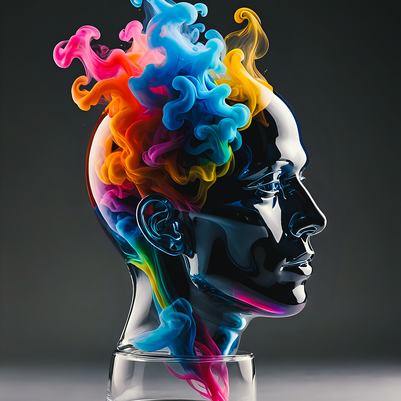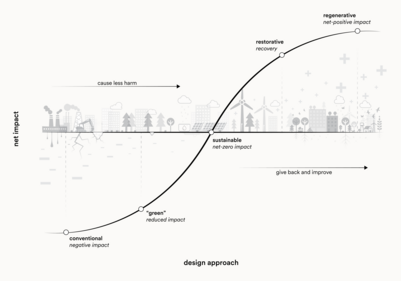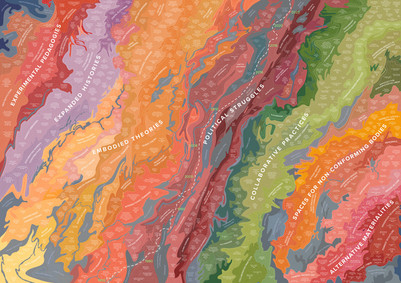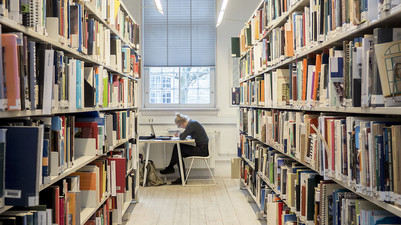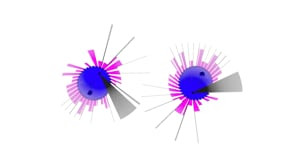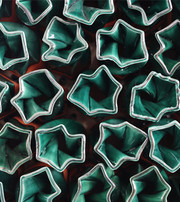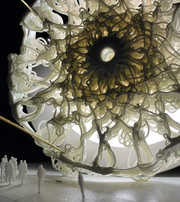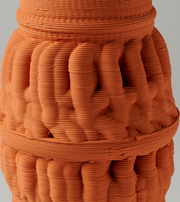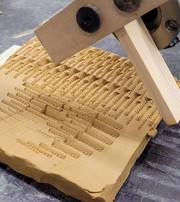
Trace – Rearticulated Architectural Glass
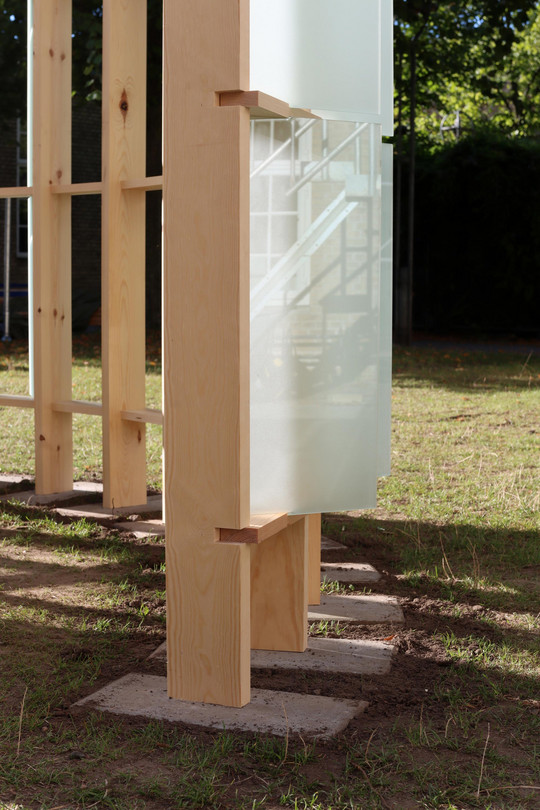
This research project investigates how glass from existing buildings can be extracted, redesigned and re-used through computational design and fabrication methods. Glass is a fundamental building component in the built environment, and at the same time the material with the highest environmental footprint per kg.
With the current trend of a high glass-to-opaque building façade ratio, glass remains a central, important and problematic material for architecture. The studies are focused on experimental methods through material studies, computational studies and the making and observation of a full scale demonstrator structure from harvested building glass.
The method (water jet technology) proposed extracts around 90% of the glass, with the articulation method (sandblasting) providing significant transformation capabilities by re-designing the light, thermal and reflection properties with minimal removal of the material by computational models.
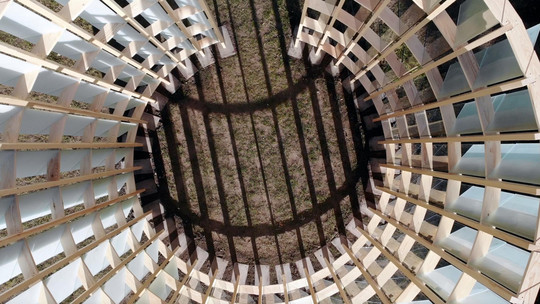
With the intention to examine and develop both measurable and observational phenomena, studies are based on a complementary mixed-method approach of qualitative and quantitative methods.
These include material studies (material observations, material transformations, material prototyping, material measurements), computational studies (material-geometric-environment simulations and parametric interface modelling) and the development and making of a full-scale demonstrator, including light/thermal measurements and field observations.
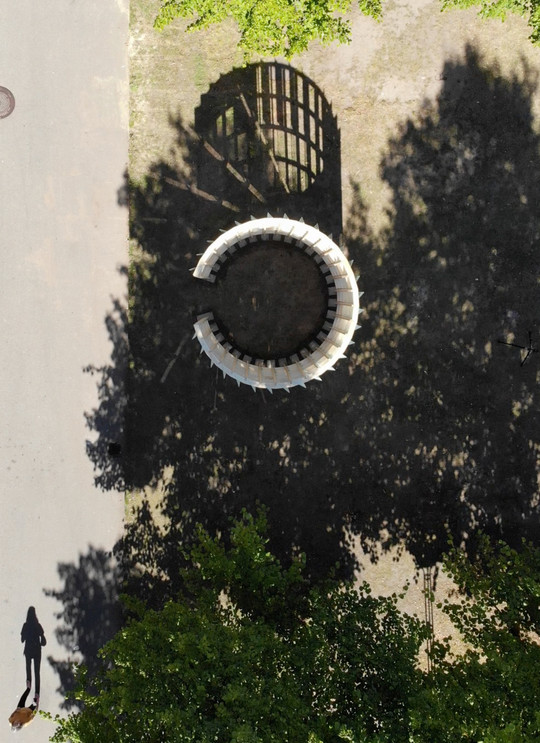
With the intention to examine and develop both measurable and observational phenomena, studies are based on a complementary mixed-method approach of qualitative and quantitative methods.
These include material studies (material observations, material transformations, material prototyping, material measurements), computational studies (material-geometric-environment simulations and parametric interface modelling) and the development and making of a full-scale demonstrator, including light/thermal measurements and field observations.
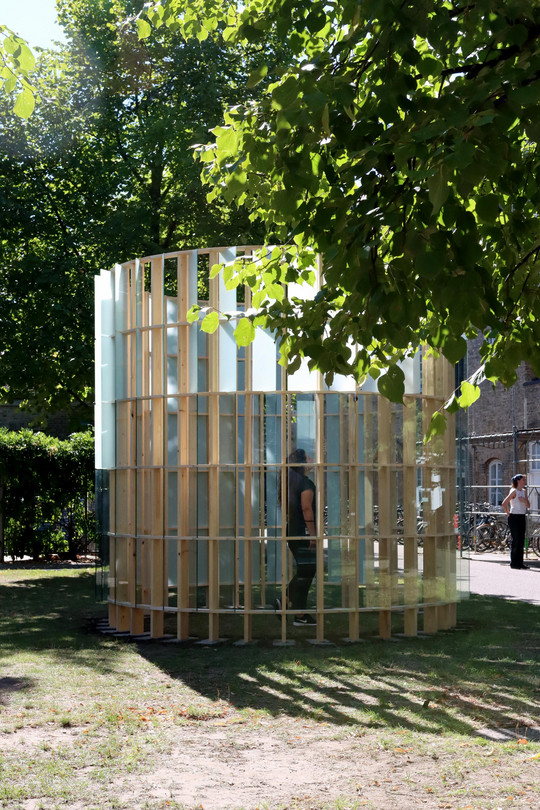
The proposed design method and model provide the opportunity to explore the glass properties and phenomena of reflection patterns and light and temperature modifications through a digital architectural assembly. Design experimentation is geared by examining the relations between material definition, human spatial position, and solar position. A 2D matrix of 150 panes is created as a topological mapping of the material distribution along the surface of the pavilion, allowing a full overview of the panes, with each pane being able to mask one of four materials states, represented by four colours
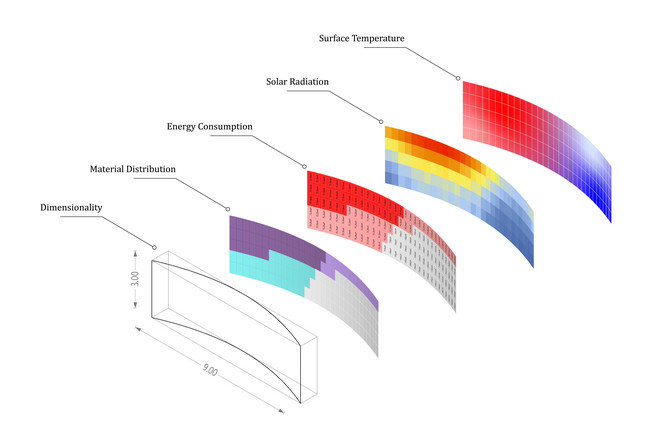
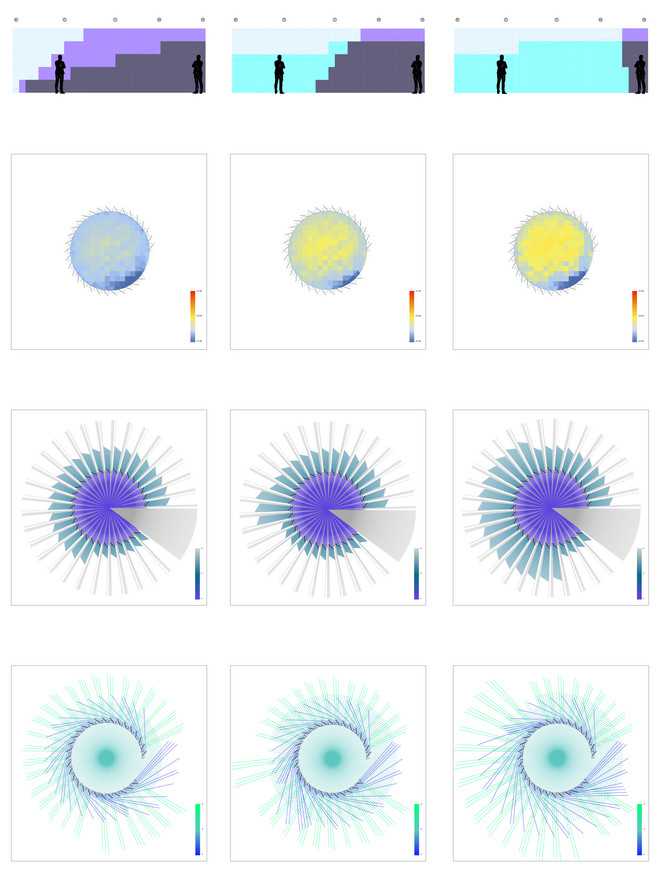
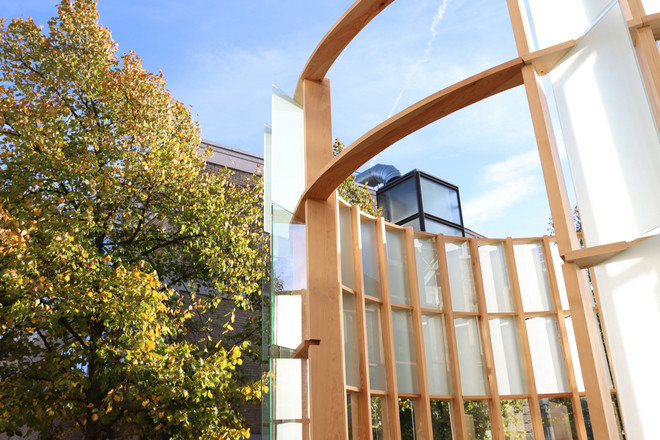

Dissemination
Dissemination
Foged, IW, Fragkia, V, Sparre-Petersen, M. (2024), Rearticulated Architectural Glass - A Computational Method and Model for the Organisation of Reused Glass, eCAADe2024 Conference Proceedings.





